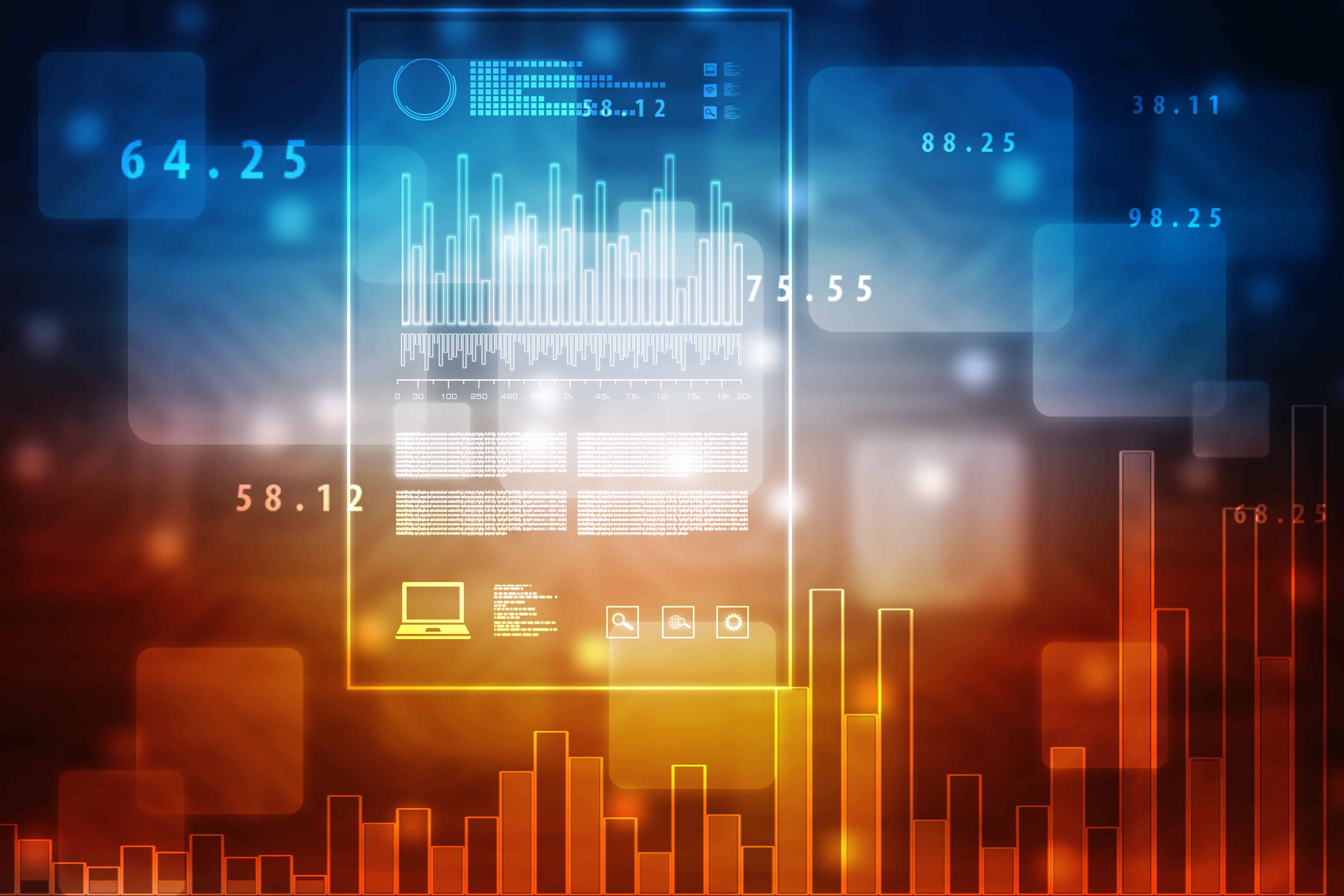While poker and trading may seem like vastly different pursuits, the similarities between the two are striking. I have used the analogy a number of times, because I find that many people who are drawn to the crypto trading space were once successful poker players. Here are a few ways that I think they are quite similar.
BASED ON PROBABILITY
Poker and trading are both based on probability. If you have ever played poker, you have experienced being ahead in a hand but losing anyway. How many times have you gone all in with pocket aces pre-flop, only to see the hand lose to a statistically inferior pair on the river? No matter how smart of an investor you are, there are variables with any coin or stock pick that are out of your control. An investor or trader is just like a poker player – they can have the best hand but still be unsure that they will win.
PORTFOLIO AND RISK MANAGEMENT
Portfolio management in investing and trading is similar to bankroll or “stack” management in poker. A good poker player is always grinding out victories to add to their overall holdings. They never bring their entire bankroll to the table, because they have a chance to lose it all – even on a hand that should statistically be a winner. They play with a fixed amount of their overall bankroll.
Traders should do the same. Conventional wisdom says that nobody should trade with more than 15% of their portfolio. And they should manage that 15% like a poker player – never having all of it at risk on a single hand or trade. Limiting potential losses and maximizing potential gains are key to success in both pursuits.
PSYCHOLOGY AND EMOTION
Poker players know what it feels like to go “on tilt” foregoing their plan and making emotional decisions, often after a sizable loss. The feeling that they need to win back what they just lost usually compounds until further losses. Does that sound familiar?
The mark of a great trader is the ability to make decisions based on a fixed plan, and without emotion. The moment that a trader begins to push, revenge trade, feel fear or get greedy, they have lost their edge and the market will punish them for it. The best poker players are emotionless robots at the table as well.
In his famous book Super System, Doyle Brunson explained that he always viewed his chips as “units” rather than “money” in an effort to detach his emotions from his decisions at the table. This is a great lesson for traders as well.
UNDERSTANDING THE ODDS
Poker players often play positions where the statistical odds of winning the hand are against them, but the pot odds justify the call. For example, you can know that you only have a 40% chance of winning a hand, but calling $10 on a $100 pot could yield a potential 10X gain.
The call is justified. Trading is similar. You can justify a scalp against the trend if a tight stop is warranted for a relatively larger potential gain.
POKER PLAYERS AND TRADERS CAN BOTH IDENTIFY PATTERNS
In both poker and trading, identifying and capitalizing on patterns are a key skill. Poker players often do this by studying their opponents in search of cues, or “tells,” that could reveal their next bet or offer clues into their hand.
Traders look for patterns in charts and years worth of data to predict where the market is headed. In both worlds, it is essential to identify which pattern changes are random and which are not.
Bottom line – controlling emotions, managing risk and understanding the odds of your decisions are key in both trading and poker.


